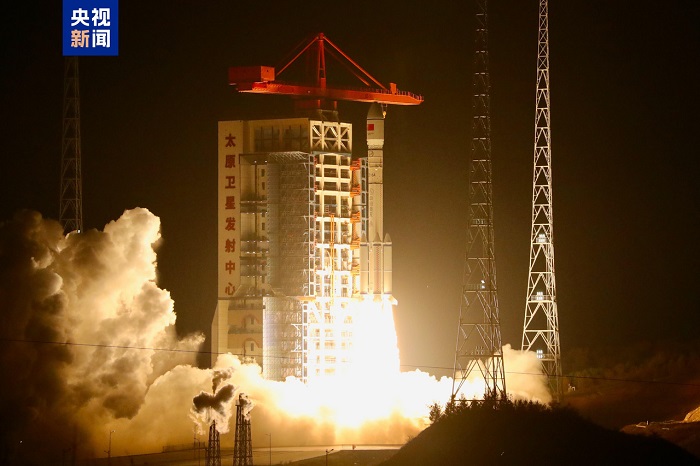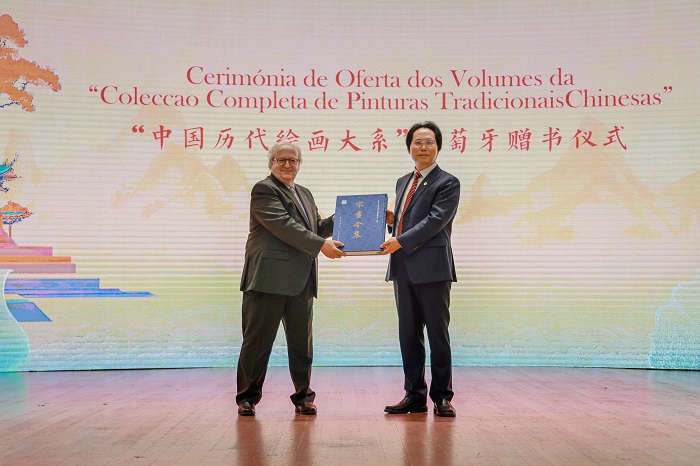China's 'Starlink' adds 18 satellites powered by Hangzhou technology

The second batch of Qianfan polar-orbiting satellites onboard the Long March 6 Rocket launch from the Taiyuan Satellite Launch Center on Oct 15. [Photo/CCTV]
China's version of Starlink, known as the Qianfan Constellation or sometimes G60, expanded on Oct 15 with the launch of 18 satellites onboard the Long March 6 rocket.
This brings the cluster to 36 satellites, aimed at enhancing sectors like transportation, smart cities, energy, and disaster response.
Hangzhou's Star Vision provided critical energy support for the new satellites through its advanced Software Defined Power (SDP) system. Developed through space computing, this technology captures more solar power and extends satellite power lifespan.
This advanced energy system, which the company began developing in 2017, represents the third generation of SDP technology. It is a critical part of expanding Chinese space network and plays a pivotal role in the space computing framework developed by the company.
As part of Hangzhou's broader push to become a digital leader, Star Vision has also collaborated with local institutions like Zhejiang University in digital innovation, with future plans to equip satellites with AI capabilities.

Staff members at Star Vision work on the SDP system. [Photo/tidenews.com.cn]
-
Chinese painting donation ceremony and celadon concert held in Lisbon
October 15, 2024
-
Hangzhou dominates with 36 on the 2024 Top 500 Chinese Private Enterprises list
October 14, 2024
-
Hangzhou gets a boost in sci-tech financing
October 9, 2024
-
On board G8388: Lost in the Qiandao Lake — a unique aerial island maze
September 29, 2024



